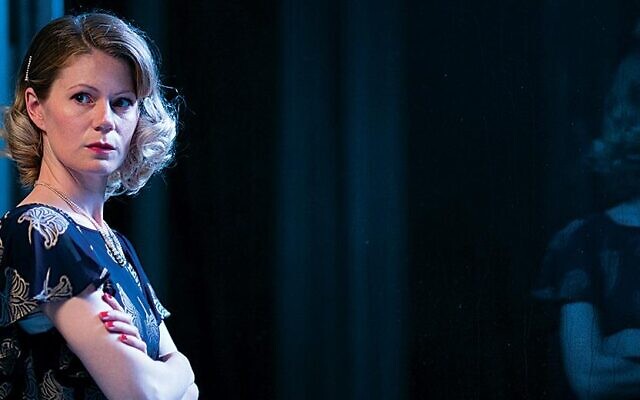The Glass Room
For more 2020 AJFF previews, visit www.atlantajewishtimes.com/two-decades-in-the-making/
The movie opens with the designing of a home by an architect for an affluent newly married Czechoslovakian couple in the 1930s. One of the rooms in the home, a glass room, was to bring clarity, light and serenity to the lives of its occupants. The architect added to the home a marble wall, a wall which itself cost more than a mansion in those days. The wall was a masterpiece, sparkling as the sun hit it, but hidden so that others would not attempt to steal this expensive and beautiful piece of art. Both the wall and the glass room foreshadow the life to come, though unexpectedly different than intended.
The glass room ultimately symbolized a borderless, unprotected, unguarded room, a window to indiscretions for the initial occupants and the others that followed, and a self-imposed prison in which great suffering took place. The hidden wall represented the beauty in boundaries and strength, its fine natural markings able to glow in the sunlight and shine back the sparkle in life.
The family life of house occupants Liesel and Viktor became anything but beautiful, and filled with light. Viktor fell deeply in love with another woman, while Liesel fell in love with Hannah, a love that was denied – all leading up to the time of Nazi exile.
Parts of the film were sexy and filled with yearning and suppression. The characters fell into the darkness, not just of the times, but of prisons in their own lives, and of their own making. They were victims not only of the horror of the alienation of Jews, but of the prisons in which they chose to live. Each character loved another, and each made choices based on fear, survival and righteousness. The movie, a love story during a dark time, is worth the watch.




comments